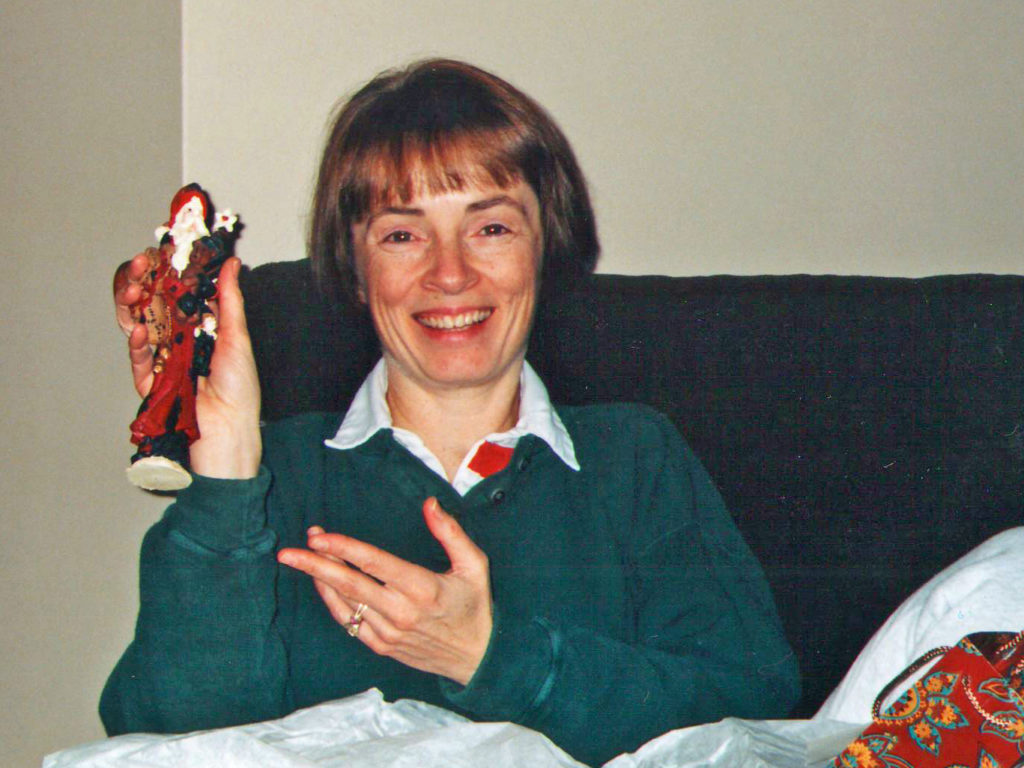08/05/1953
Marnie Elizabeth Morrow was born just over 2 months after Elizabeth was crowned Queen of England (1953) and my best guess is my parents gave her the middle name out of profound respect for the monarchy. In elementary school, we had to sing God Save the Queen as each day started and I often smirked, staring at the Queen’s picture, centred on the front wall above the blackboards, and thinking of Marnie’s middle name – for my sister was regal, royal-regal. Had she lived to this year, she would be 66 on 5 August 2019. Sadly, very sadly, my sister died 10 years ago from a long-standing blood disorder. On her birthday today, I think of this numerical representation: 1953 – 2009, and in particular, the dash between her birth and death date. I ponder the opening lines of Linda Ellis’s wonderful poem, The Dash:
For it matters not, how much we own, the cars, the house, the cash,
What matters is how we live and love and how we spend our dash.
At her celebration of life 0n 20 June 2009, I was honoured to be one of the speakers and I consecrate her life in my thoughts often. And on every single anniversary date of her birth, August 5th, I pause to look at pictures of her and remember who she was. My 2009 memorial tribute to Marnie is re-written in this blog, with some image and context additions to honour her and my memories of her.
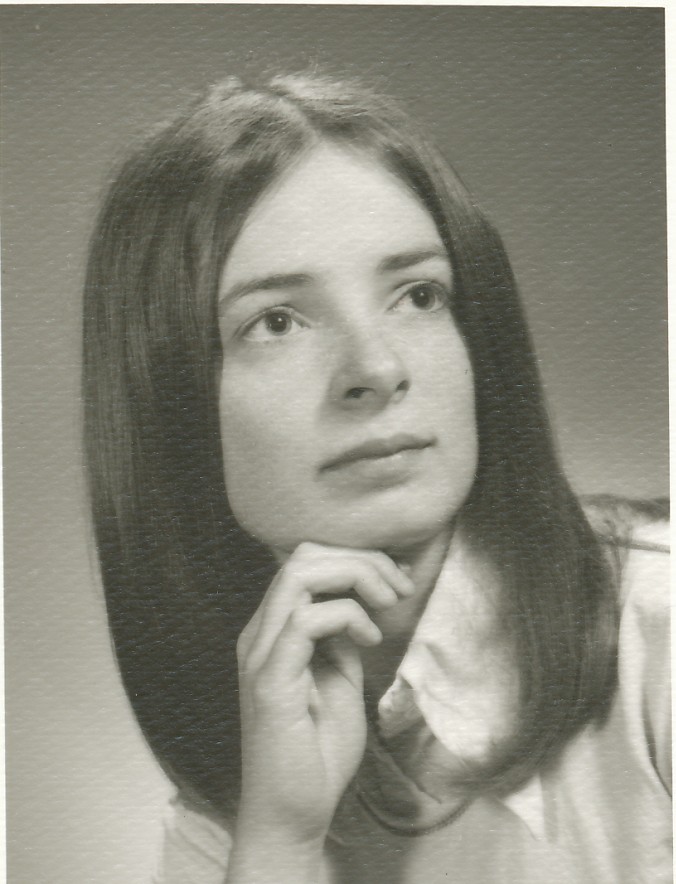
What I want to say about Marnie comes from a very, very proud brother. Know that it is my truth, from my heart, about my sister and, of course, no one truly knows another person’s life-story or their path. This is my perspective on her; others will have different views and I celebrate all aspects of her and all perceptions about her. What I wish to share is who I saw Marnie being in her life, sometimes through what she did. Buddhist teacher Thich Nhat Hanh asserted that understanding is love’s other name and this remembrance of Marnie is my understanding of her; most certainly, it arises in my love for her. For the past week, in 2019, planning what I wanted to say, it feels like I have been mixing a fabulous cocktail of memories and love about, and dare I say, sometimes with Marnie.
There is a popular verse about life and death; it goes something like this: “Life should not be a journey to the grave with the intention of arriving safely in an attractive and well preserved body, but rather to skid in sideways, chocolate in one hand, martini in the other, body thoroughly used up, totally worn out, and screaming WOO HOO! What a ride!” Marnie, an exact embodiment of independence, did this, and she did it her way.
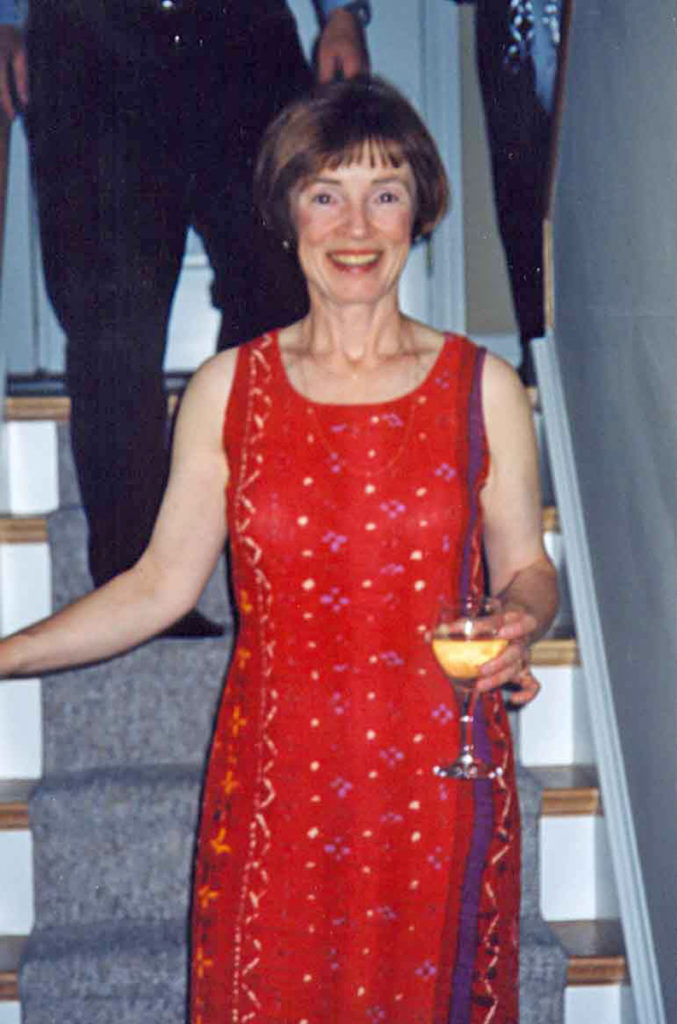
Among so many qualities, she was left-handed but not sinister in any way, just differentially and delicately dexterous. She radiated joy and filled a room with her presence; she was elegant; she was feminine; most of all, she exuded grace, such a reverent grace. Completely comfortable in her own skin, Marnie lived her life to the brim, fully engaged with her own vitality. I don’t perceive my sister’s life as linear; she had a birth date and a date of her mortal death; rather, I envision her life as a spiral that expanded and contracted and collected on itself, an energy energetic that was uniquely Marnie.
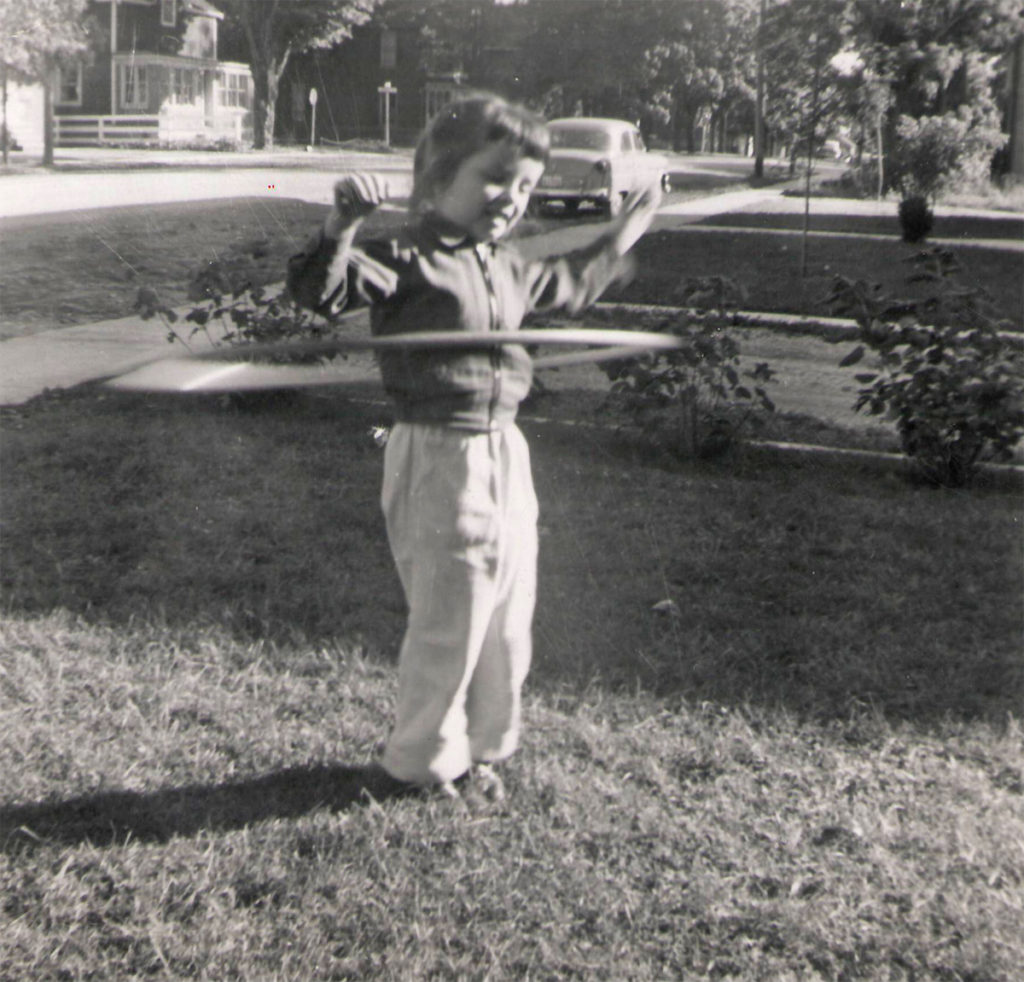
When we brought Marnie’s clothes home from the hospital in 2009, they sat in a white bag on her couch and I kept looking at the bag. I opened it, finally, and was drawn immediately to one item in the bag, her Birkenstock shoes. What I noticed and what hit me so markedly was that the soles of her Birks were hardly dented and these were Birks she had worn for some time. Marnie walked so lightly, so gently on this earth, as though her body and her essence held her world sacred. Her walking style reminds me of Carl Sandburg’s great poem…
the fog comes
on little cat feet
It sits looking
over harbour and city
on silent haunches
And then moves on.
Marnie not only loved cats, her cats, any cats, but she also had a feline quality about her.
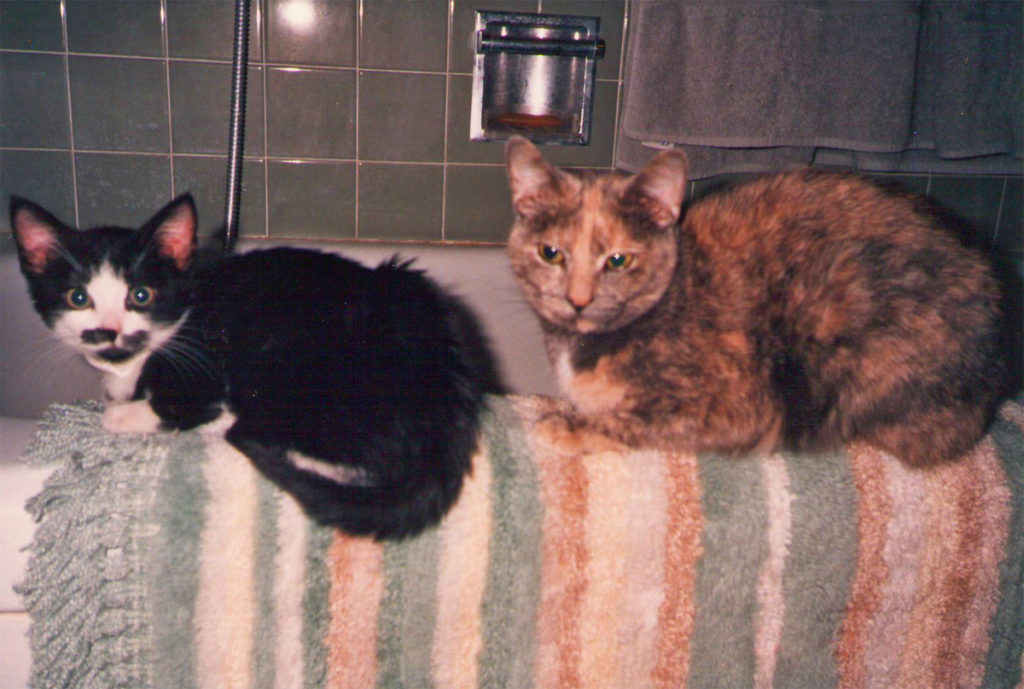
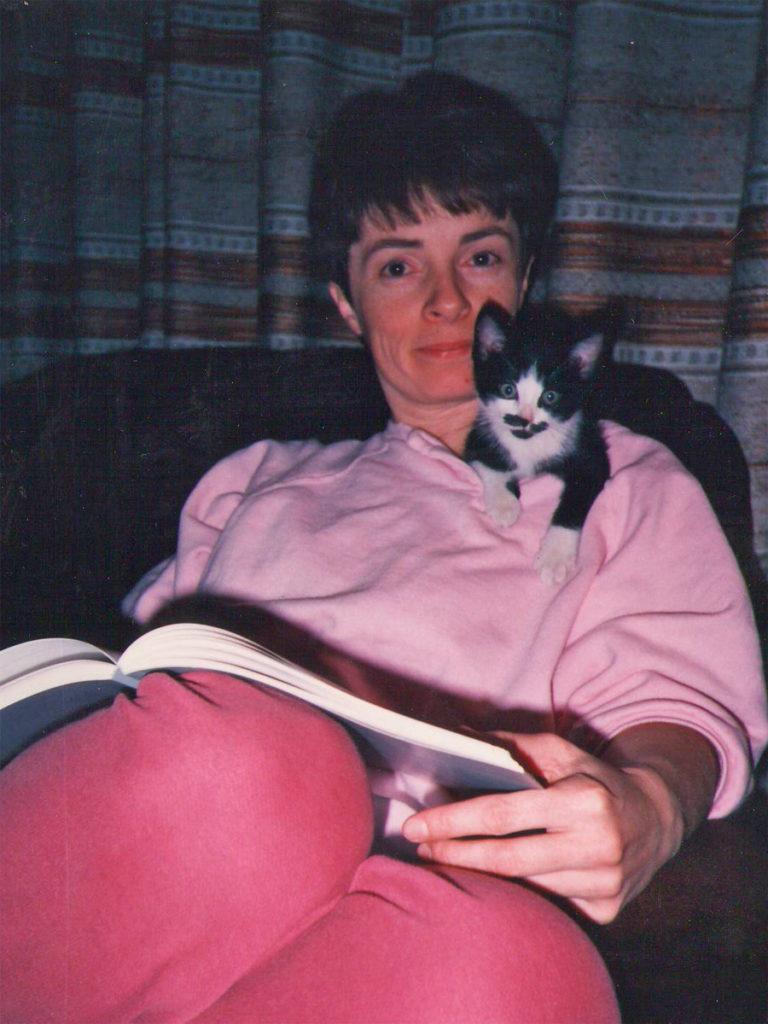
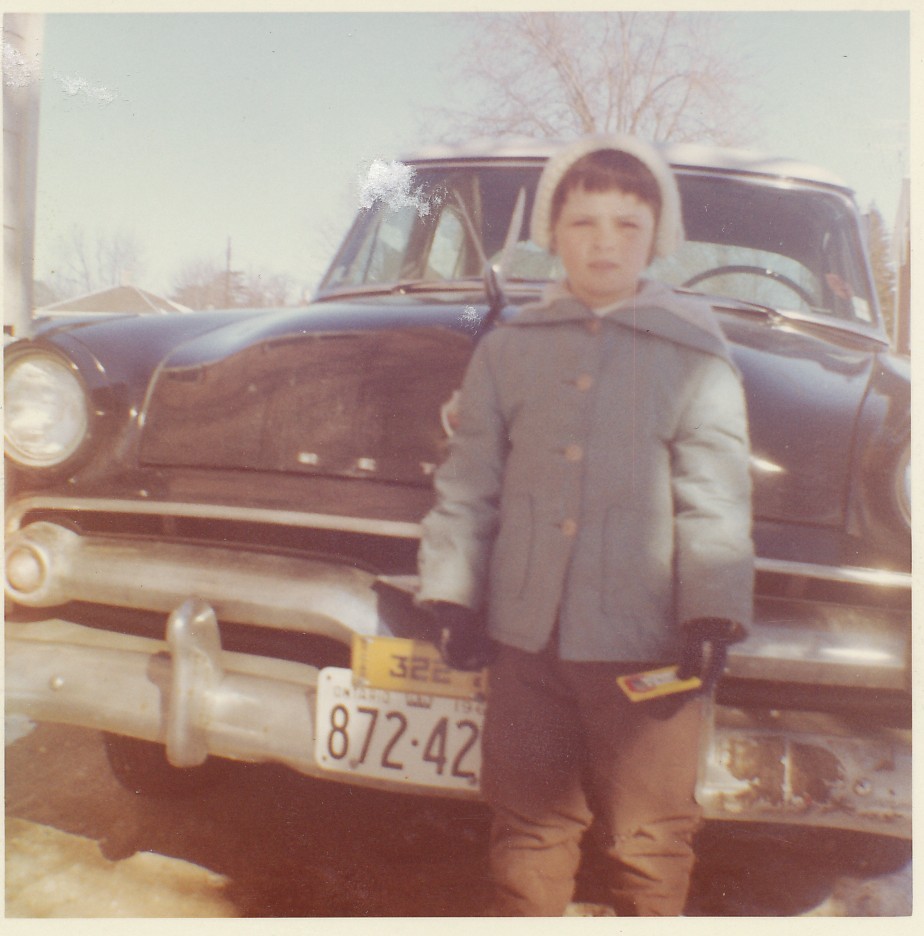
And how did Marnie come to be Marnie? Her father, our father was a pilot in the Royal Canadian Air Force; but even more, his passion was teaching, teaching people how to fly. I sincerely believe he taught Marnie how to fly, not literally, rather how to soar in her special, quiet but so impact-ful way; and I believe he taught her how to learn so that she could teach … for teacher she was. Her mother, our mother was a nurse by training, that is, a caring and compassionate provider of health. Even though our mother died when Marnie was just 4, I know Marnie was a caring, compassionate ‘nurse’ to so many, many individuals and groups whom she touched in her life.
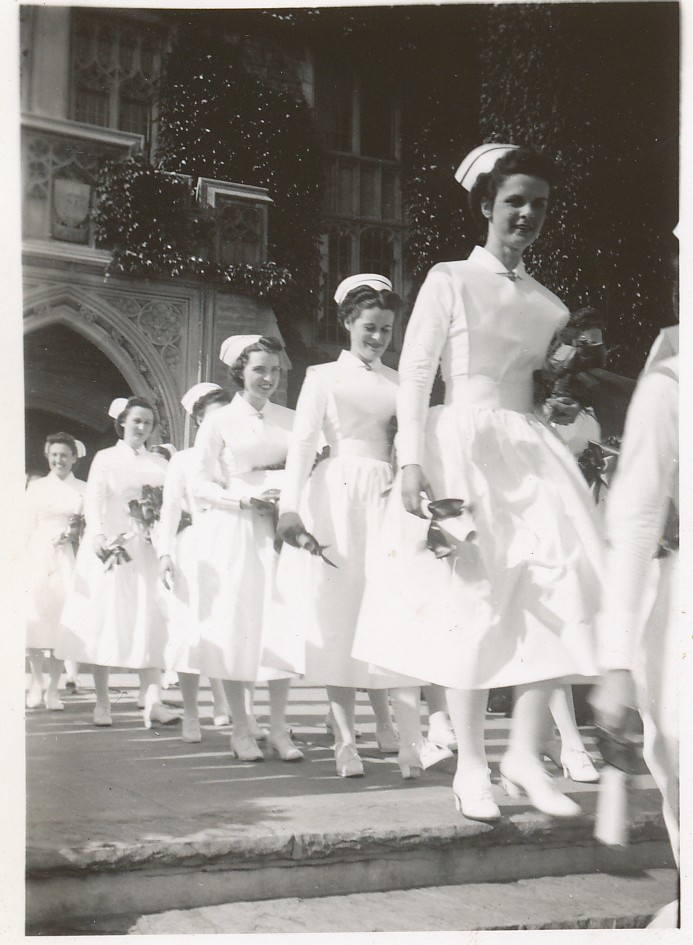
And what of her relationship with her siblings? As her big brother, I may have teased her! And she got me back many times over in her subtle manner. A single example will suffice. Once, as adults, at Christmas I think, or maybe it was my birthday, she gave me a pair of wooden, hand-held cranberry harvesters. We are some distance from cranberry bogs here in SW Ontario and I have never visited a bog nor do I have much interest in or draw to cranberries. It was a neat gift, and a wry way of having fun with her older brother.
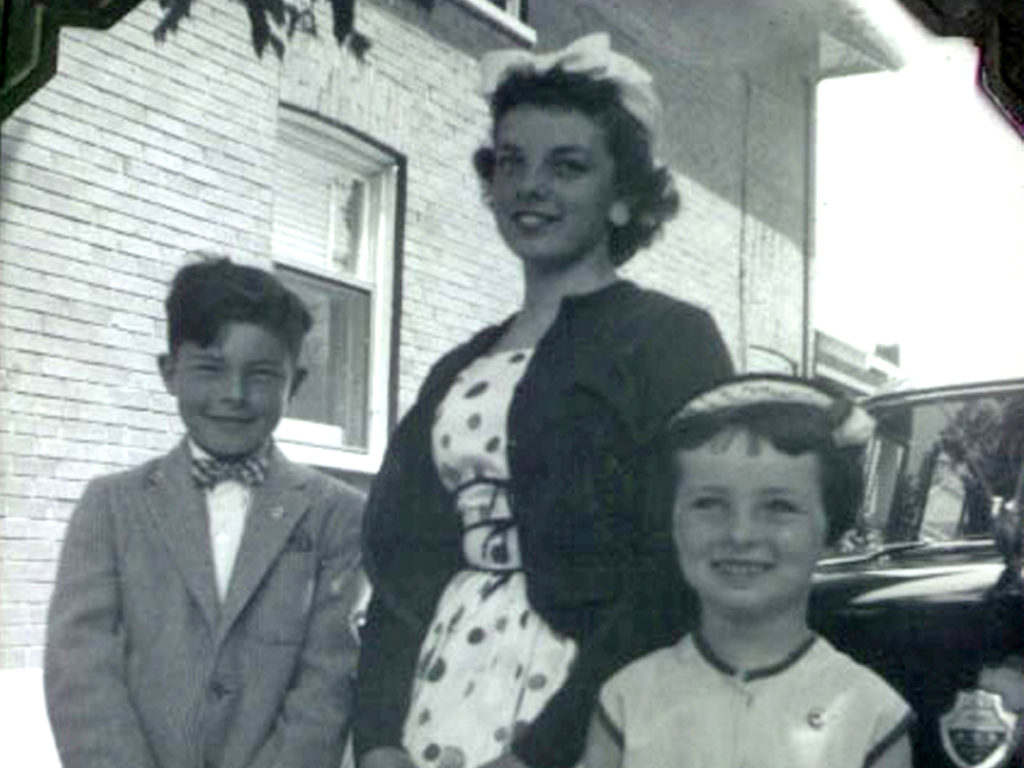
Marnie and Sandi had a special bond, one I envied and cherished observing. If my father and mother bestowed their teaching and nursing DNA, Sandi selflessly became Marnie’s friend, care-giver, nurturer, and teacher-of-life after our mother died in 1957. Growing up, Marnie and Sandi often shared a room. While I thought it was okay to get out of bed whenever I felt like it, my sisters knew you could only get up at even-numbered times of the morning and they relished that practice. Vocal music teacher extraordinaire, Sandi’s ‘voice’ in Marnie’s life-celebration was everywhere, most especially in the music selection and performance – One Little Candle hymn, Dona Nobis Pacem, and Waltz in G flat – that punctuated our memorial to Marnie.
And Marnie was musical; her life was a lyric I think, with so much space between the notes of her existence. I do not have a musical bone in my body but Marnie played piano and did scales, endlessly, at least to my way of thinking. It was a discipline to her, one more way to learn. I still have copies of 2 of her piano-lesson notebooks filled with daily practice instructions from ‘Thelma Loveday Music’ along with her Western Ontario Conservatory of Music, Pianoforte Marking Form, grade 8; for the latter, she did the exam in the summer of 1968 and achieved an overall grade of 79% and a host of constructive comments from her examiner.

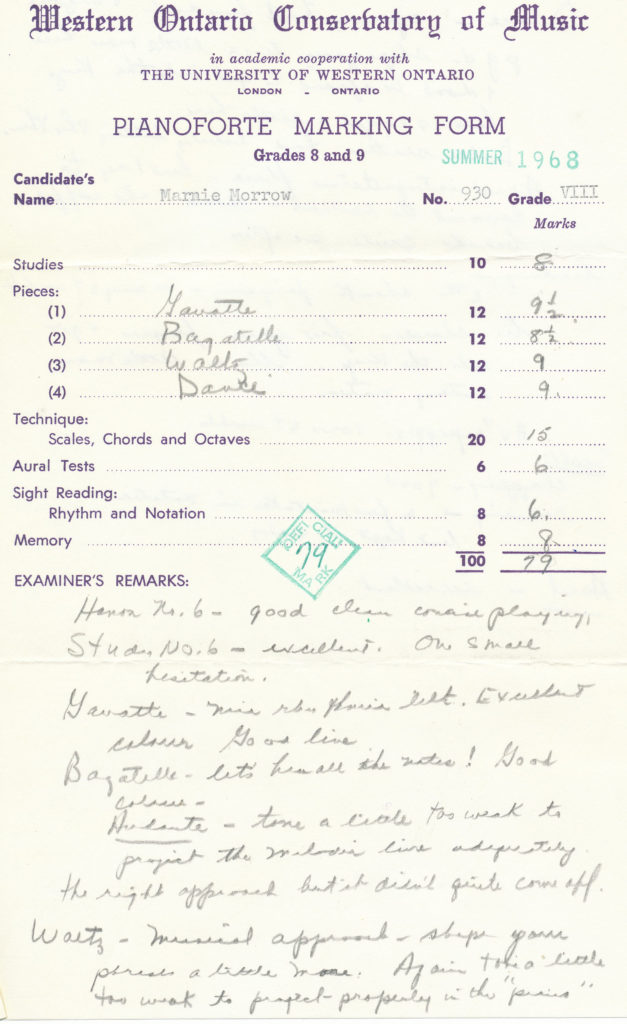
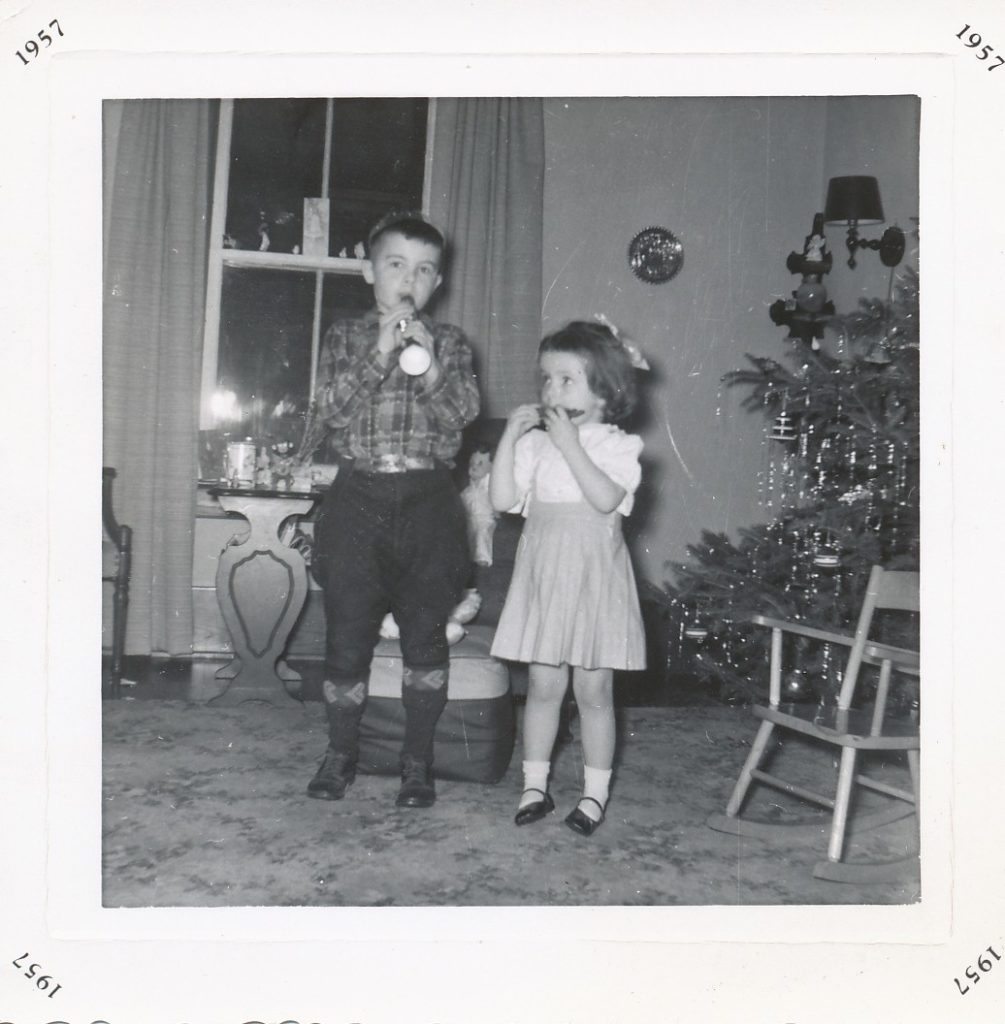
Marnie was intellectually gifted, heralded as such at an early age when she was selected to attend St George’s Public School in a special education program. And she had a lot of academic degrees, two of them Master’s degrees, an MA in English and a Master’s in Social Welfare Policy, and she had begun work on a theology degree. She was a trained chaplain (Unitarian) and in 2003, Jen and I had the distinct honour of being married by Marnie. It occurs to me Marnie sought mastery, not in a vain, egotistical way, and not perfection, but mastery of learning, learning anything. How obvious – learning is teaching’s prerequisite partner and she ‘taught’ so many people in so many ways.
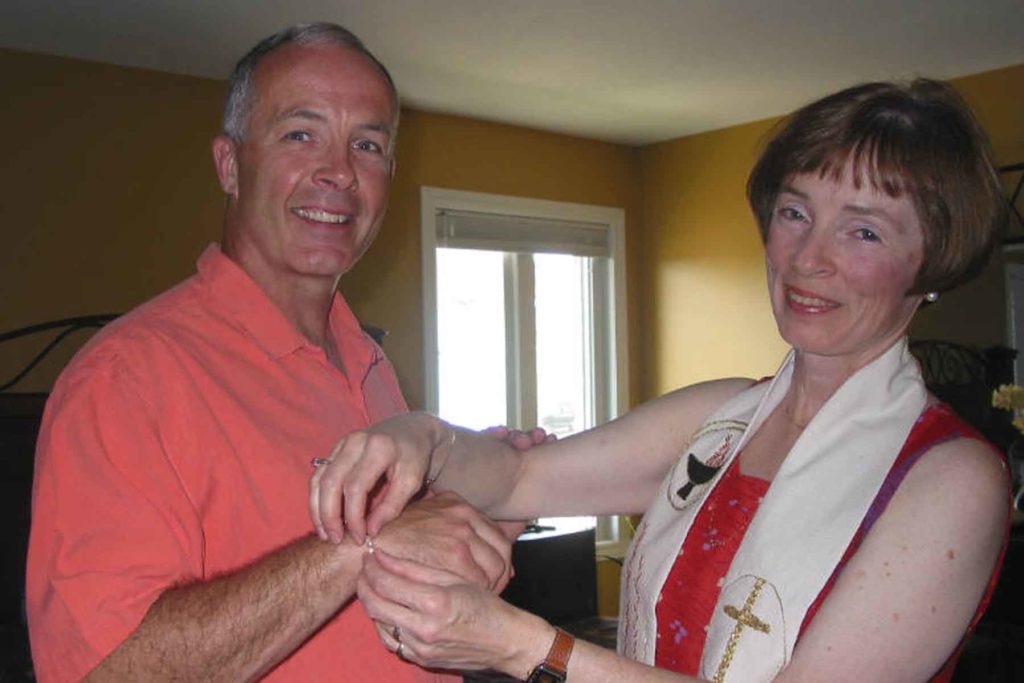
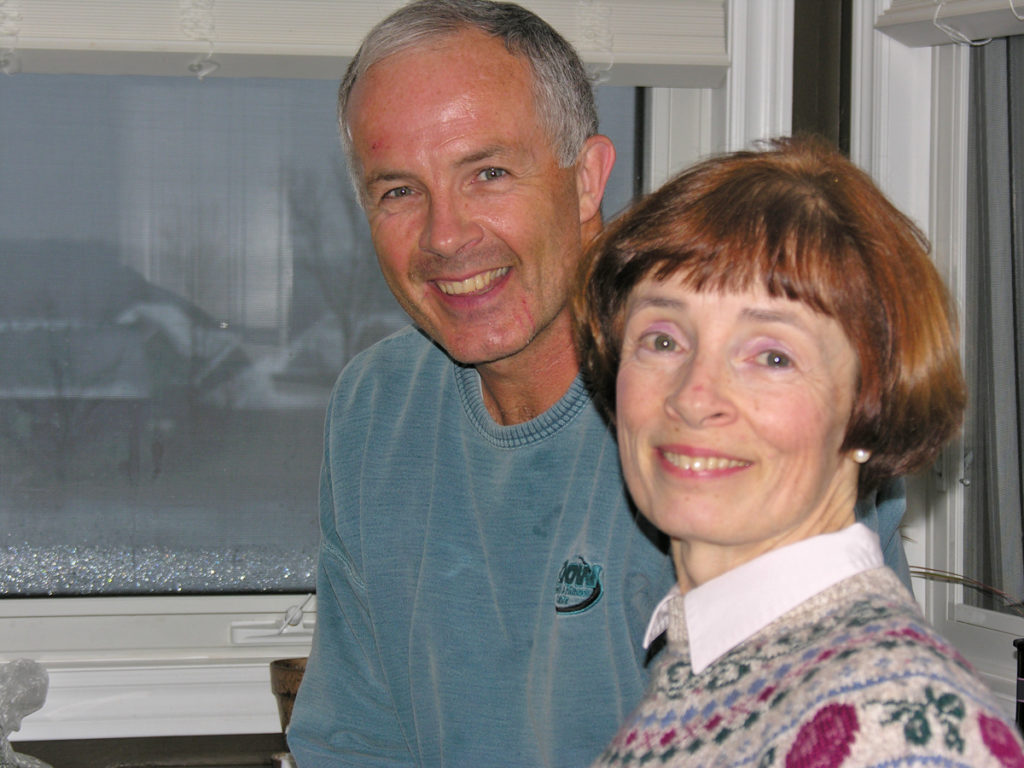
And that smile we all saw so often on Marnie’s face; she radiated a smile that enveloped you in her presence…
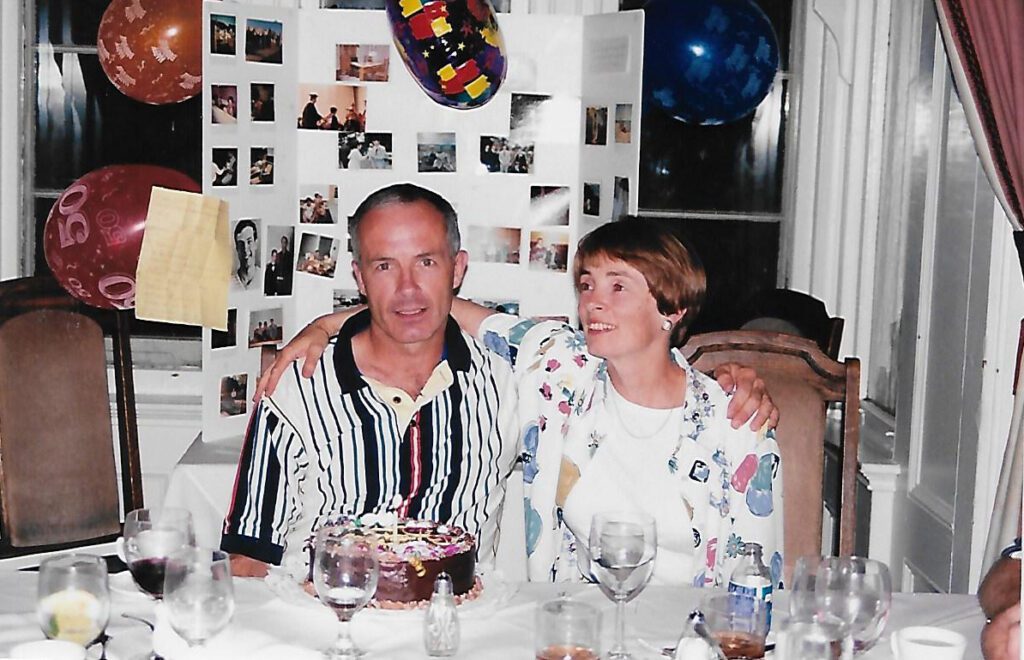 Marnie and I at my 50th birthday celebration, 1999 – she clearly out-smiled her brother…
Marnie and I at my 50th birthday celebration, 1999 – she clearly out-smiled her brother…
And, she had impish qualities and a very fine sense of humour. She told us once when we were discussing her interest in Unitarian teachings, that, contrary to popular tales, Unitarians were not bad singers of hymns, it’s just that they were too busy reading ahead to see if they agreed with the words instead of paying attention to the songs. I have an email folder called ‘marnie’ and I’ve kept that file for the last 25 years; her last email to me was the day after her last birthday. Our birthdays were 9 days apart and I had sent her a birthday greeting by email, one that welcomed her into the “double-nickle” club, 55. She responded, “thanks Don. Had a great day with a friend who lives up near Talisman. And it was a day filled with blessings and joy. Hope your birthday was as well. I was at Sandi’s on your birthday and she thought it would be great if we both called and sang into your answering machine. My gift to you was talking her out of it.”
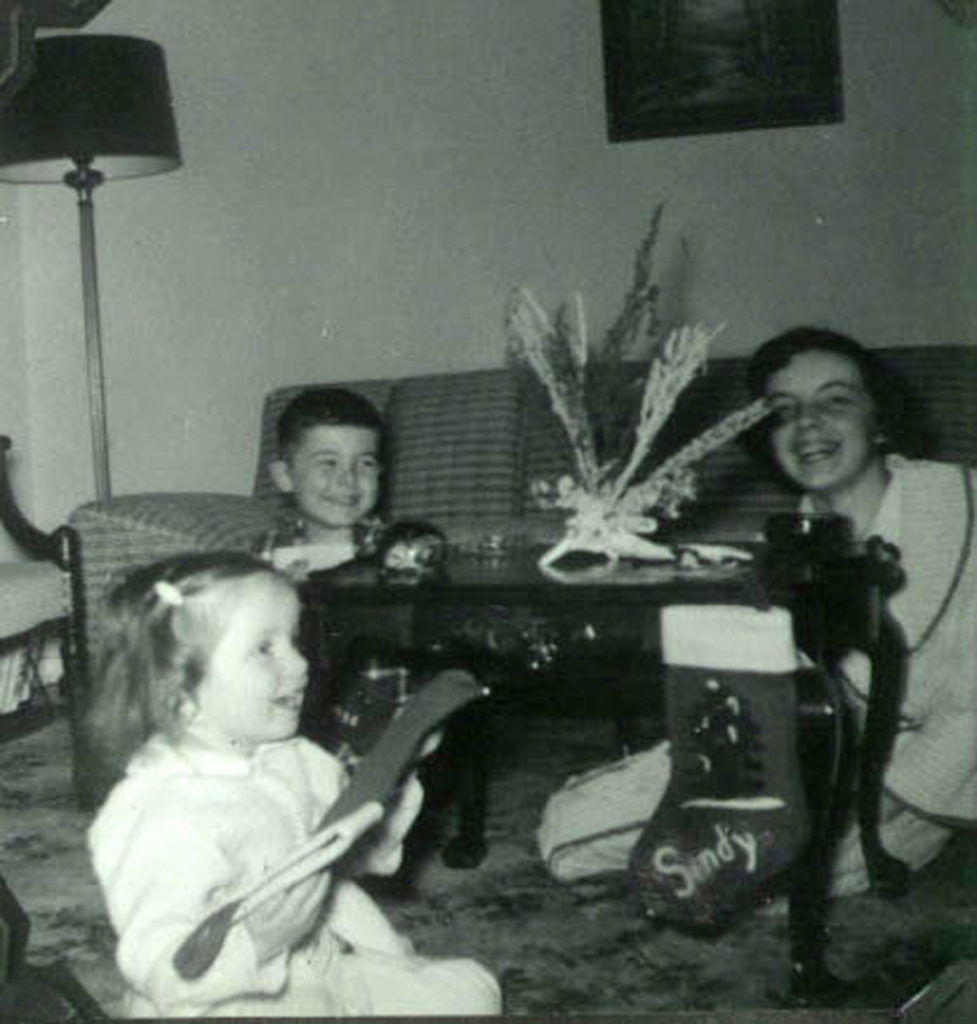
I believe Marnie was a social worker, literally yes, but in the grandest sense of that expression. Though an extreme introvert who cherished her alone-time, she reached out to so many people. Married and divorced, she adored her step-children, Stephanie and David. She immersed herself in Amnesty International; Marnie was a peaceful warrior. In recognition of her Amnesty work, the National office of that organization planted a tree in front of its Ottawa office with this citation:
This tree was planted on 10 September 2009 as a dedication to Marnie Elizabeth Morrow (1953-2009) in recognition of her tireless volunteer work for Amnesty International in Canada, the Caribbean, and Europe. It is planted on the grounds of Amnesty International National Office at 312 Laurier Ave E. Marnie gave unstintingly of her time, energy, and expertise to a variety of groups and organizations including the First Unitarian Congregation of Waterloo; the Canadian Unitarian Council (chaplain); Amnesty International; Médecins Sans Frontierès – Doctors Without Borders (Canada); and Wilfrid Laurier University.
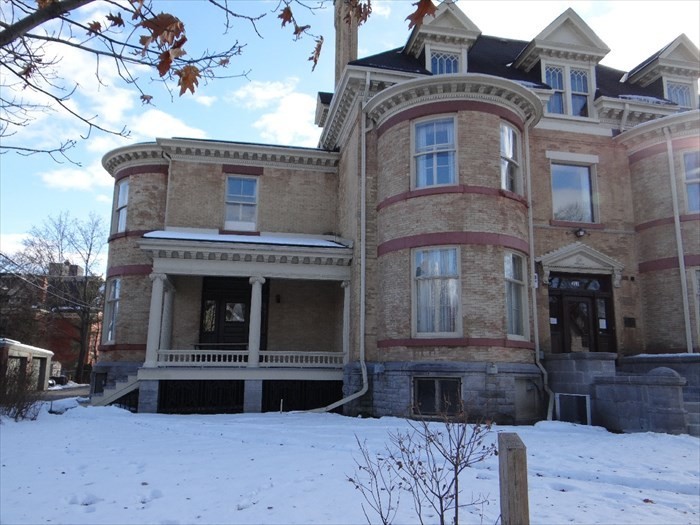
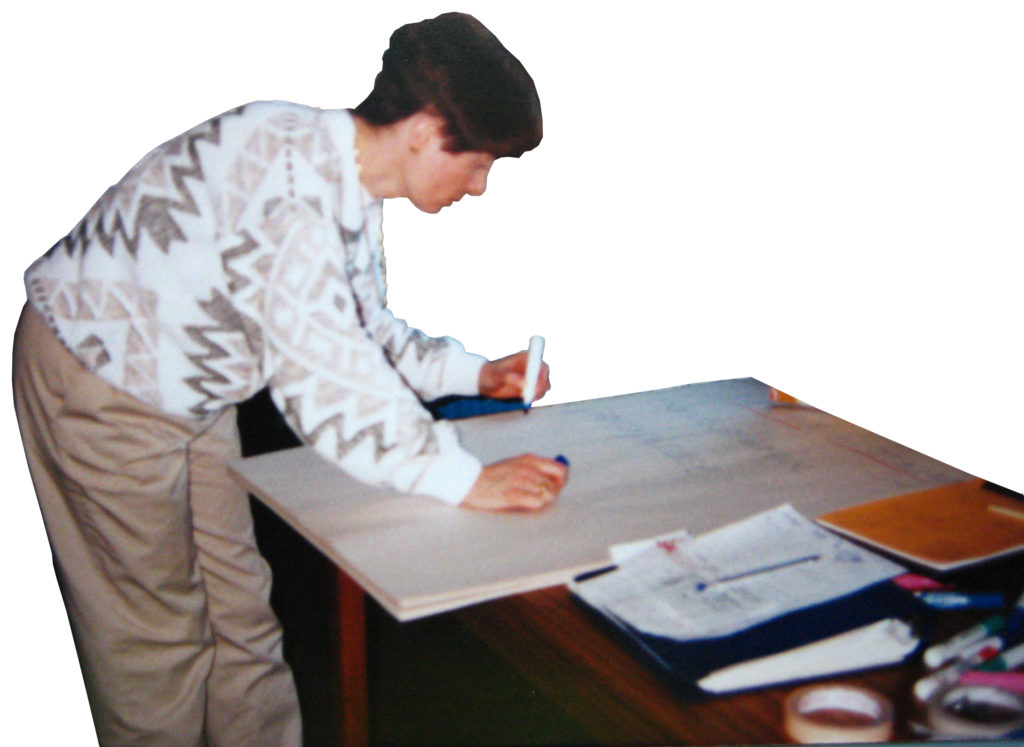
She put the will in Wil-frid Laurier University and by that I mean Marnie was visionary in everything she did. Just as she walked so gently on this earth equally she walked so generously, hand-in-hand with so many of us, myself included. Fittingly, just as she gave so much of herself to so many, that her ashes are spread so softly from Vancouver to the Elora gorge to Stratford and to Simcoe.
Marnie spent most of the last hours of her life on life-support. I find this so symbolically fitting that life and she were so mutually enriched and so supported by each other. Marnie, I am so proud to say, was my sister, in all her grace, elegance, femininity, and humanity. I tumble home to my memories of her and I love her deeply and always will. Perhaps the best way to end this tribute is to offer the words of encouragement Marnie herself used at memorial and interment services over which she presided:
We didn’t ask to be born
We do not ask to die
Whatever comes, before or after
This interval between is what we have. It is our time.
May we stand here now and resolve to live a little closer to our values
To care a little more deeply for others
To risk a little more often
And on this day may we tell someone very clearly that they are valued and that they are loved.
